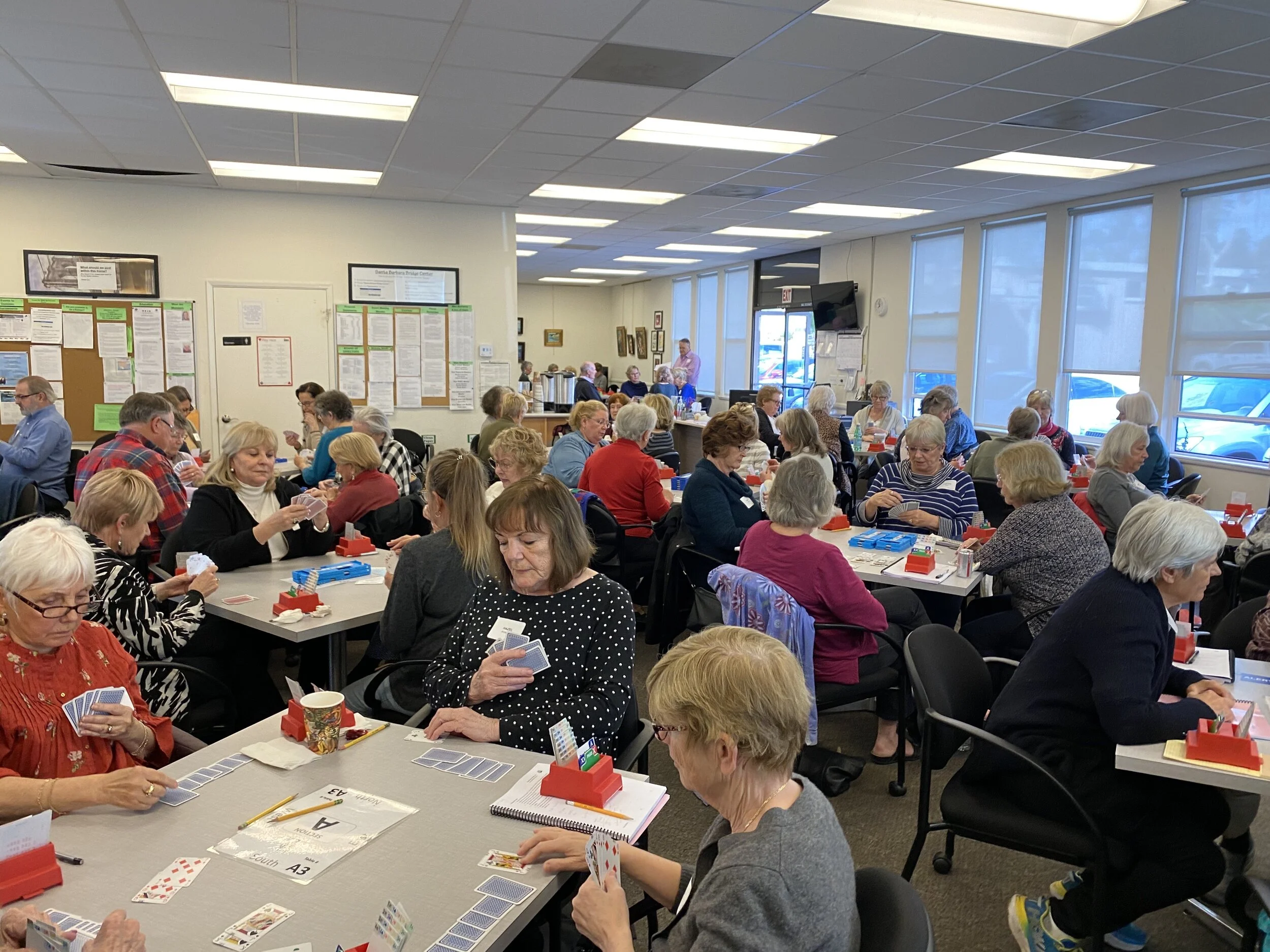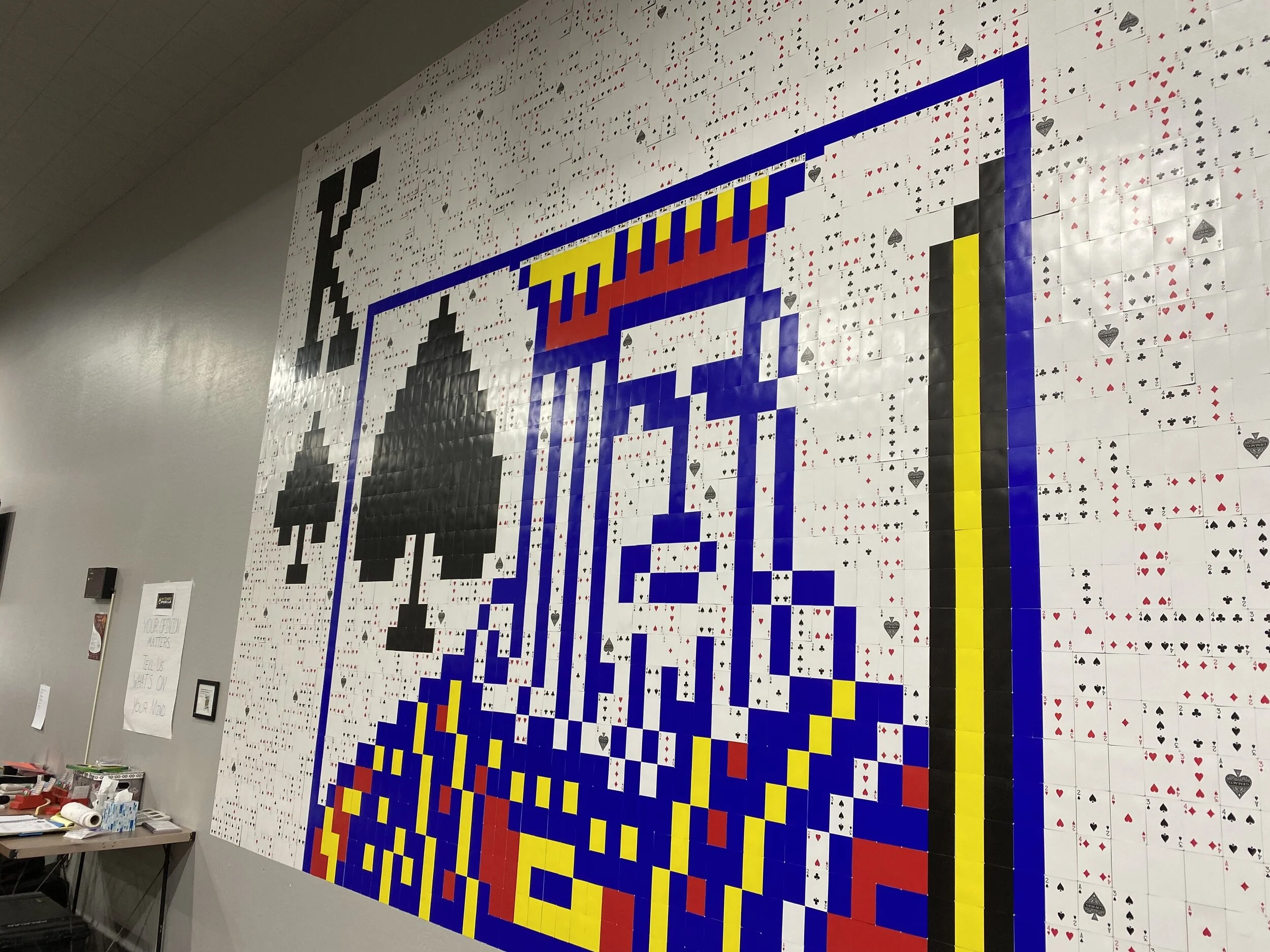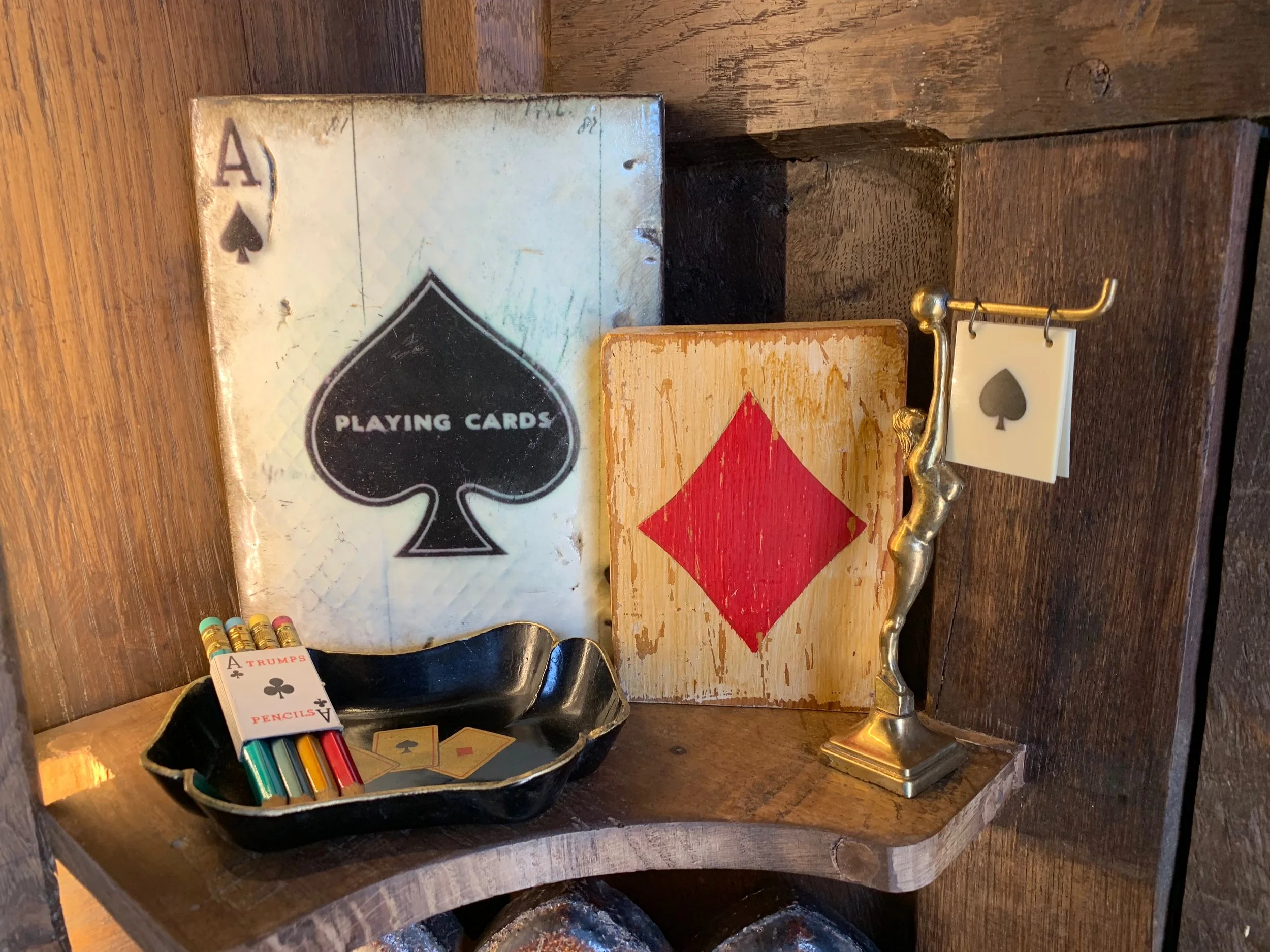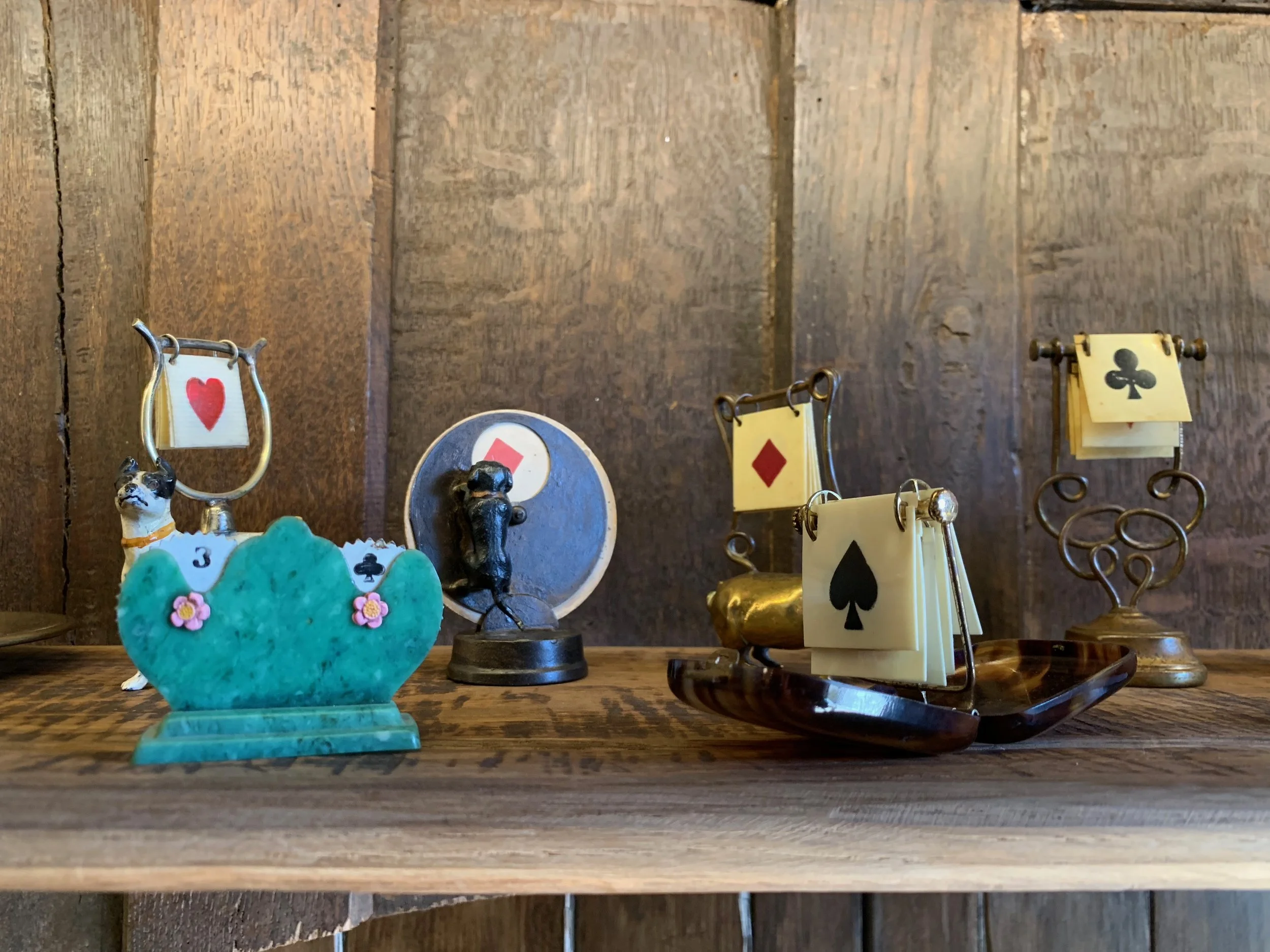Here we look at how we give count when we shift to a new suit where attitude is already known - Shift Count.
When we look at a card combination in a suit, we normally focus on how we can best play these cards to produce the most tricks in this suit. But remember that our goal is to use all of our cards to produce the maximum number of tricks from them. That means that sometimes we play a particular suit in a less-than-optimal fashion (differently than if we were only playing that suit, or looking that suit up in a book), in order to allow ourselves to take the maximum number of overall tricks. One of reasons that we may play a suit differently than a textbook will tell us to do is to give us additional entries to one of the hands. One of the ways that we may try to produce additional entries is by taking an unnecessary or less than optimal finesse. Let’s see how this can work to our advantage.
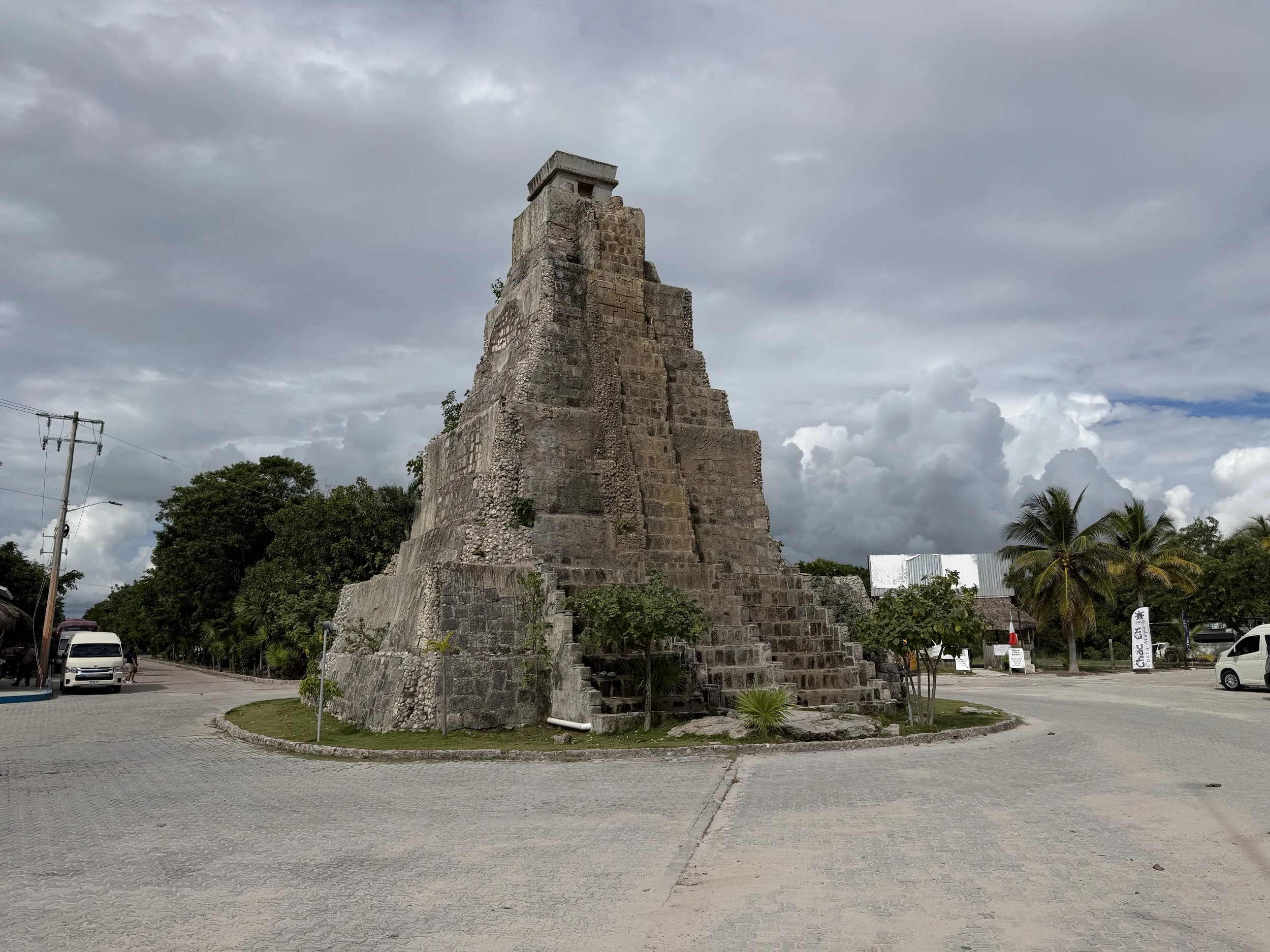
The more bridge we play, the more we run into situations in the play that frustrate us – where we feel that we always get things wrong. In compliment to that, we may find certain card combinations where we know we end up with good boards if they appear. For many players this involves whether they lose a trick to the trump Queen or not! There is a particular card combination that I find elegant – it has resulted in many good results for me over the years. Let’s take a look at my favorite card combination and make sure we have it in our skill set.

Some players find declarer play to be fun, while others find it infuriating. Often this has to do with what we feel is the strength of our game: Are we best at Bidding, Declarer Play, or Defense? But one of the ways to improve our Declarer Play is to adopt the right mindset during the play. This is not just about having confidence in our play (which is always helpful), but also about thinking about the right thing at the right time. When it appears that we are going to make our contact, then that is the time for us to start thinking about “What could go wrong?” and then about “What can I do about it?” These are extremely powerful and helpful question to ask ourselves. What this type of thinking leads to is an extremely useful type of play, the Safety Play! Let’s look at these plays and see how they can help us improve our declarer play.

The modern approach to improving our bidding structures (especially in competition) is to add transfers to our methods. This gives us more space and allows us to communicate more efficiently. When we play a system like McCabe, designed to give us more ways of raising partner and show support, we already have a useful structure. If we add transfers to this structure, we gain even more space for communication.

The most complicated 2/1 GF auctions are the ones that start 1♦ – 2♣. Actually, these can be some of the most difficult auctions in all of bridge. These auctions can lead to lots of complexity and confusion about the meaning of bids on the 2nd and 3rd round of the bidding. Many pairs have played in 3-3 Major suit fits after the auction began with 1♦ - 2♣, thinking they were headed to a much better fit. Let’s look at what agreements we need to make with partner and then see how these affect our follow-up bidding.


